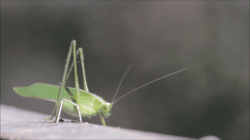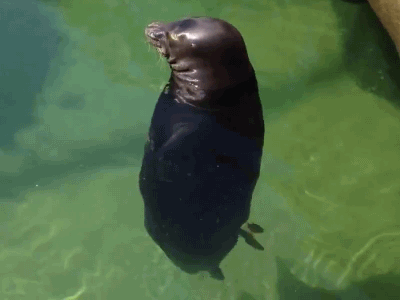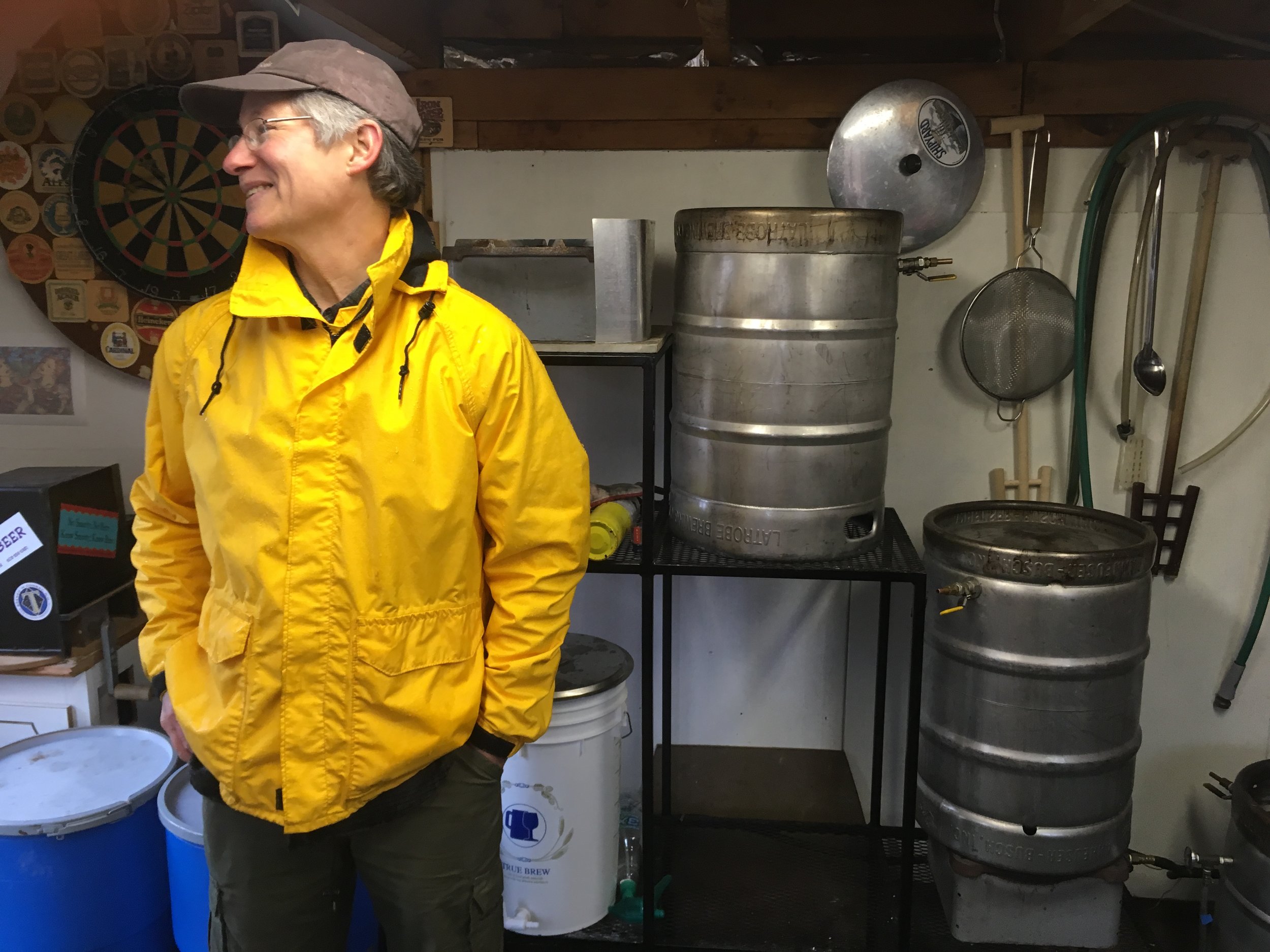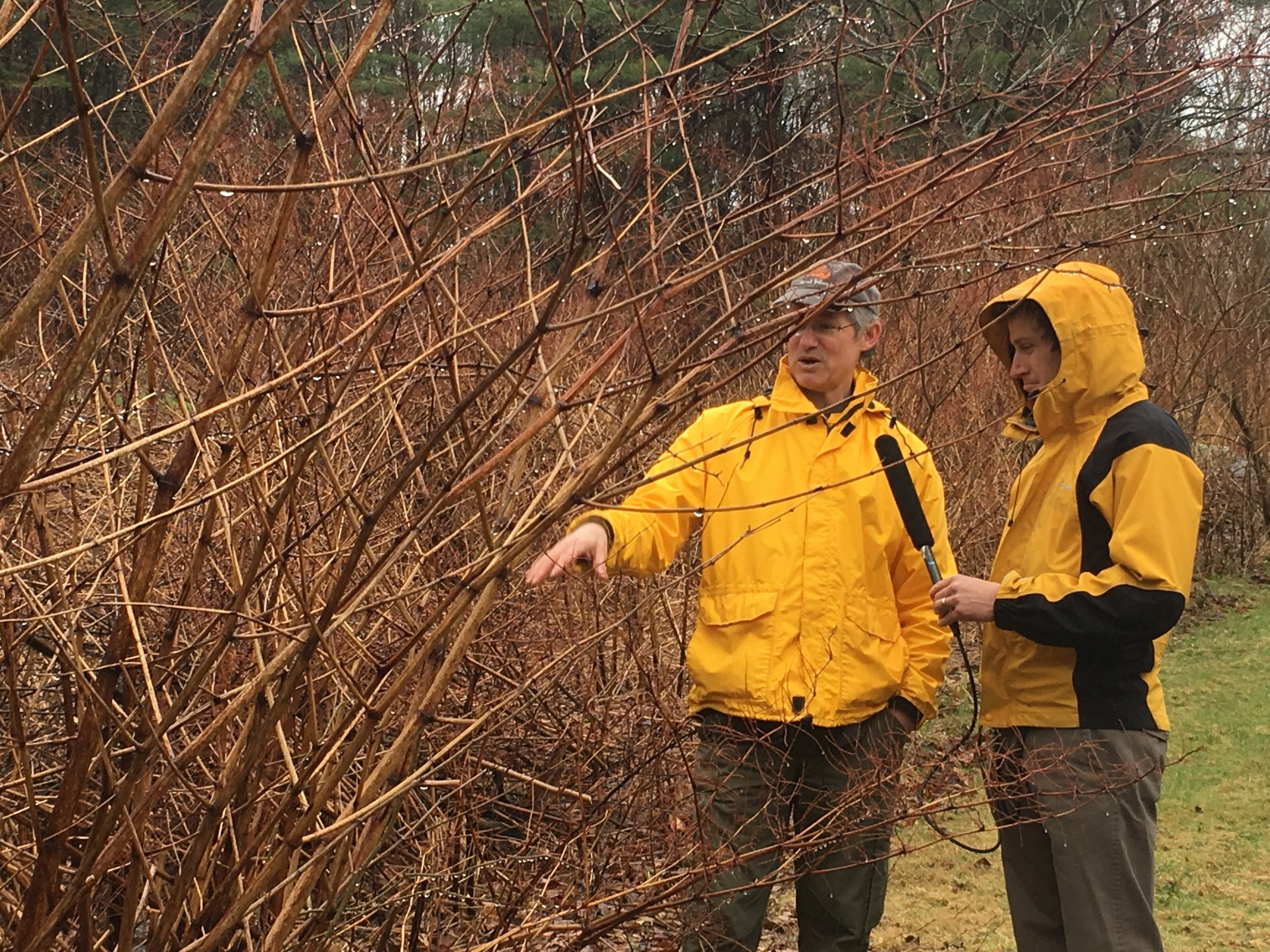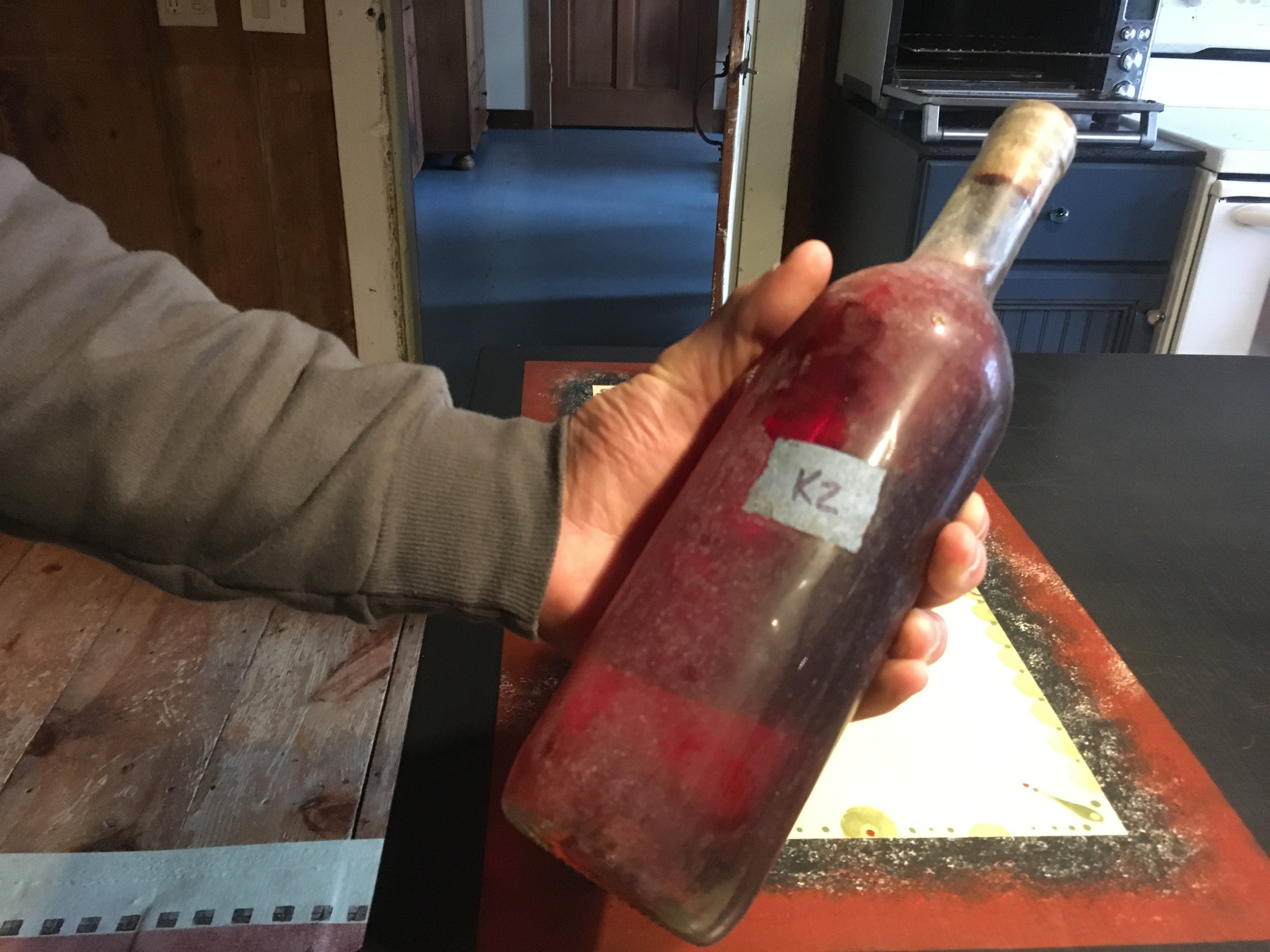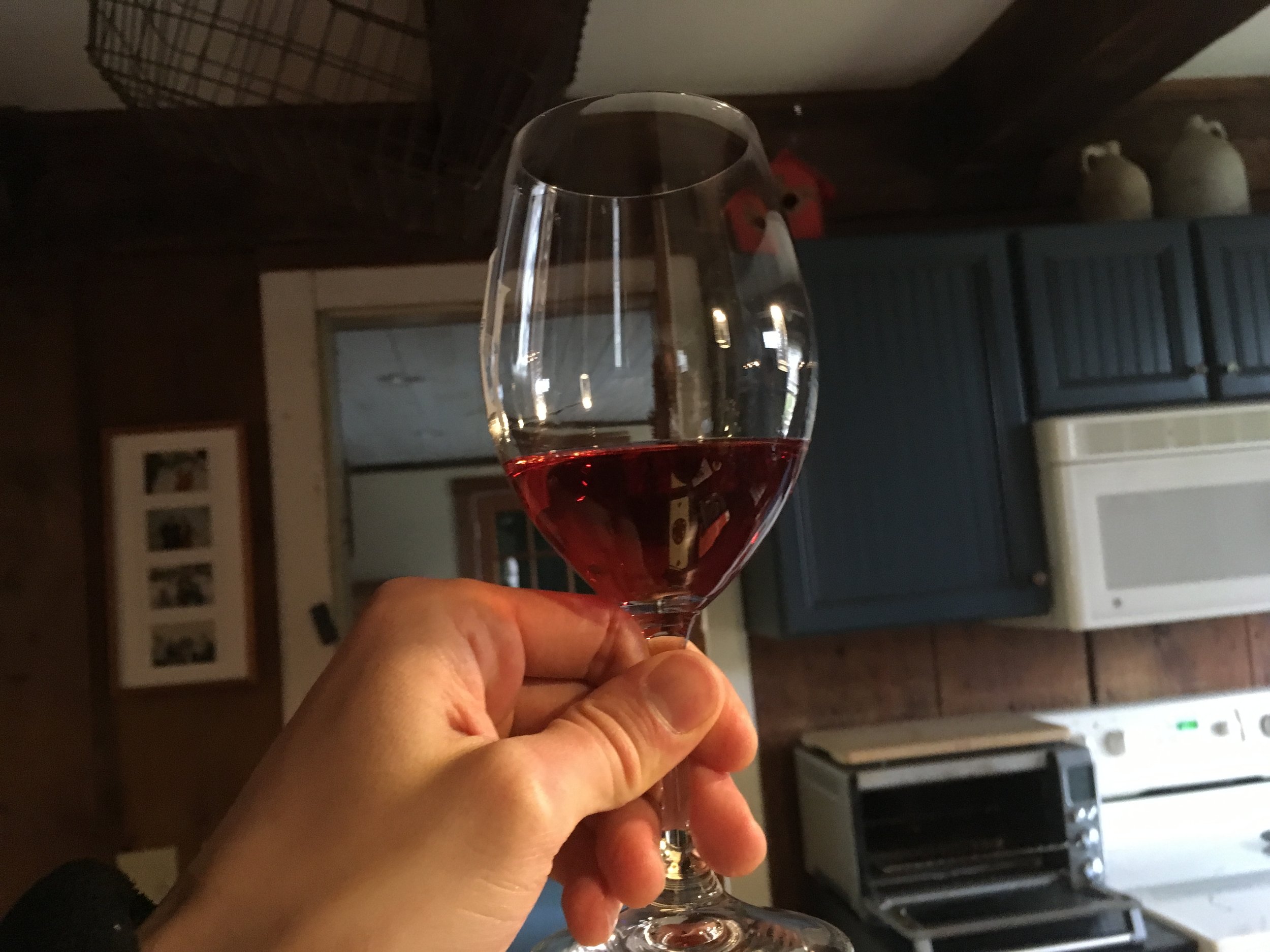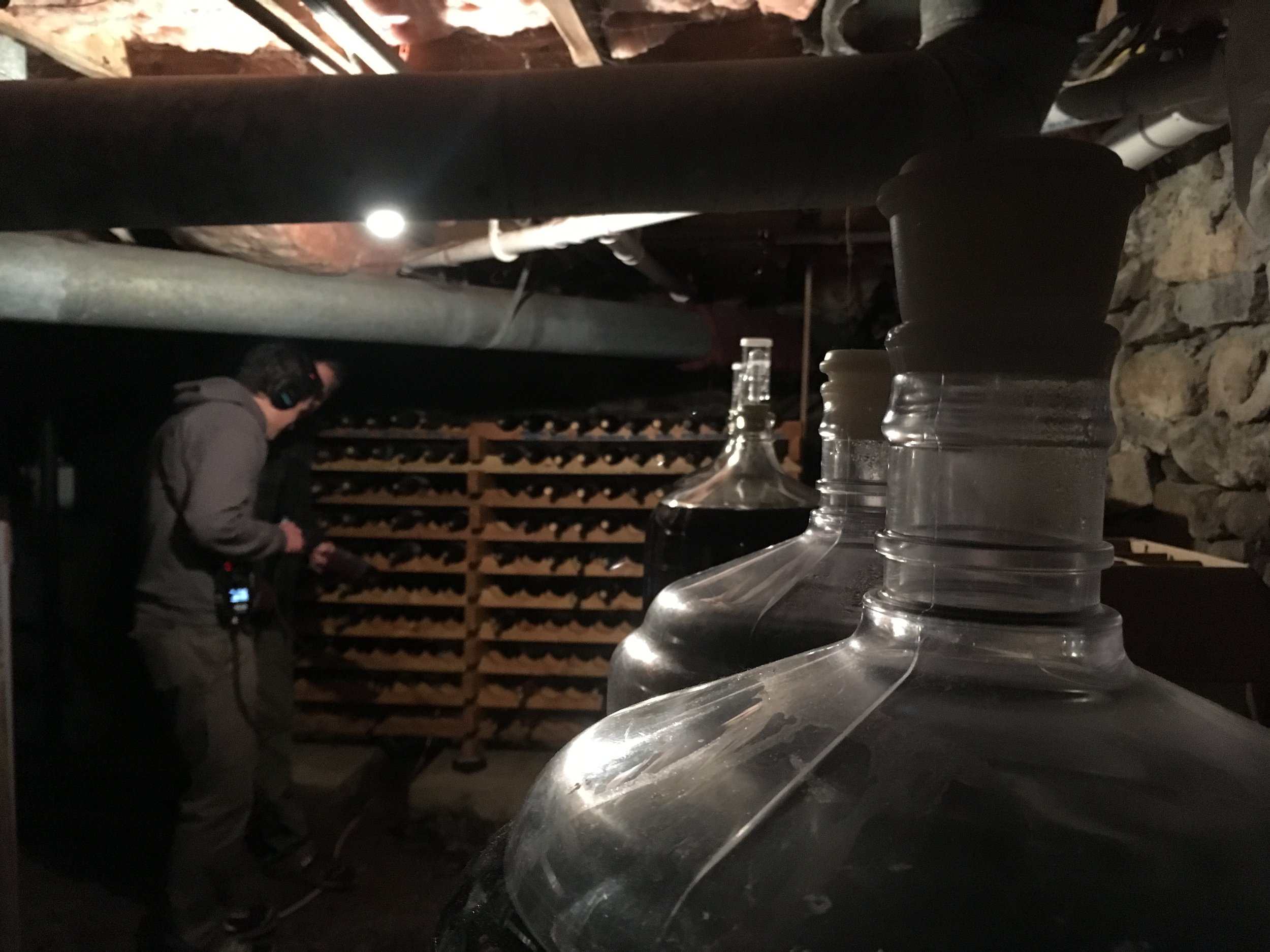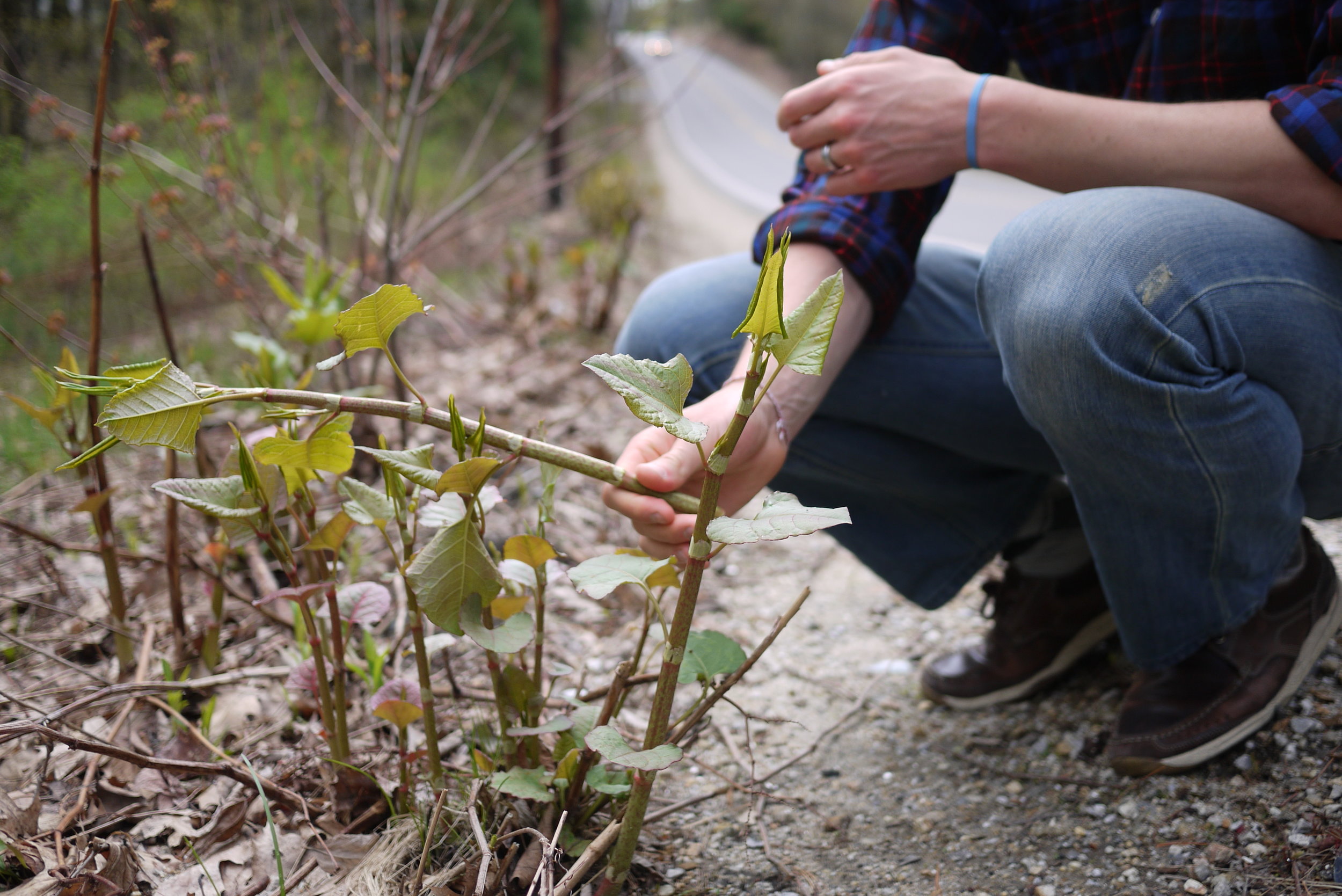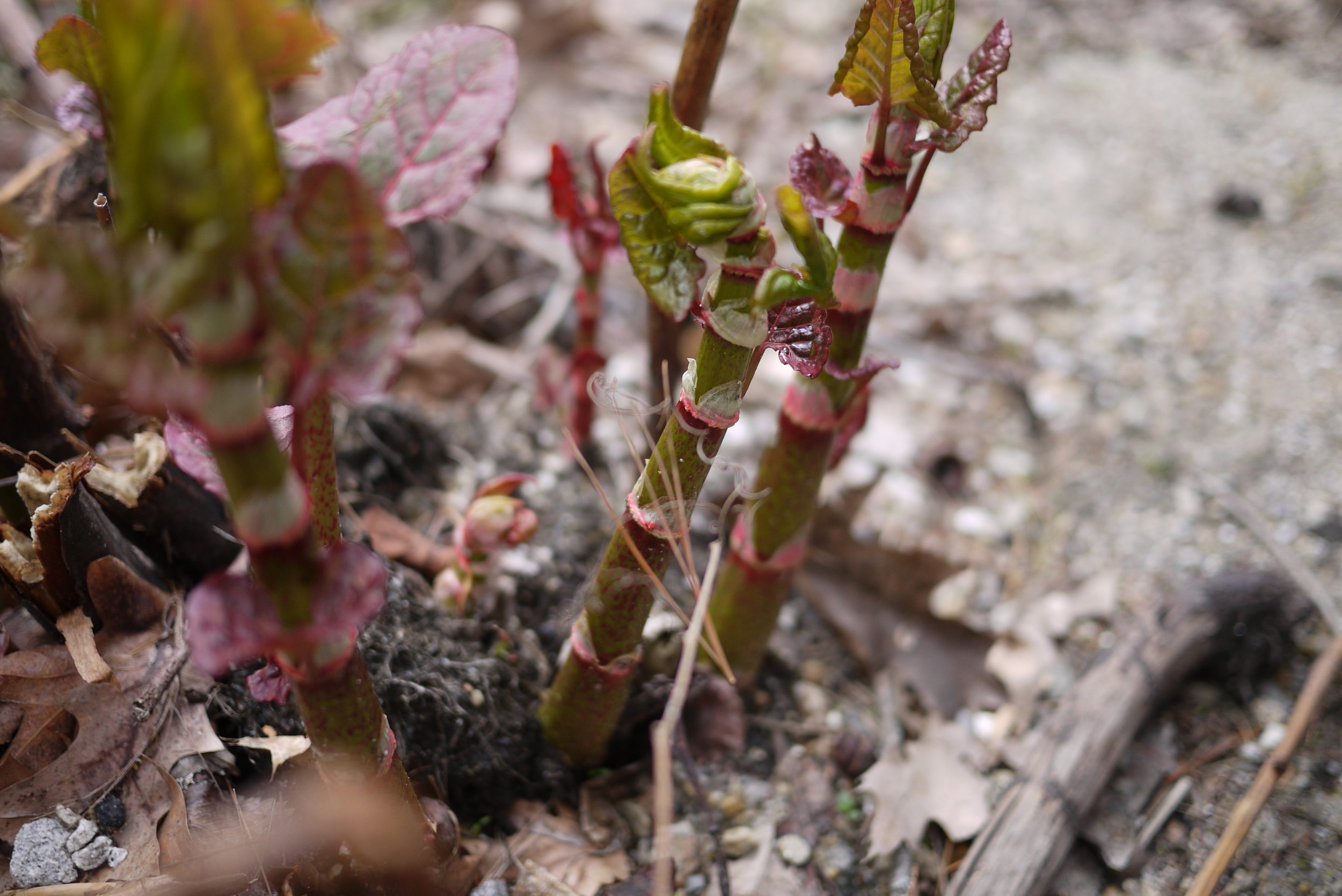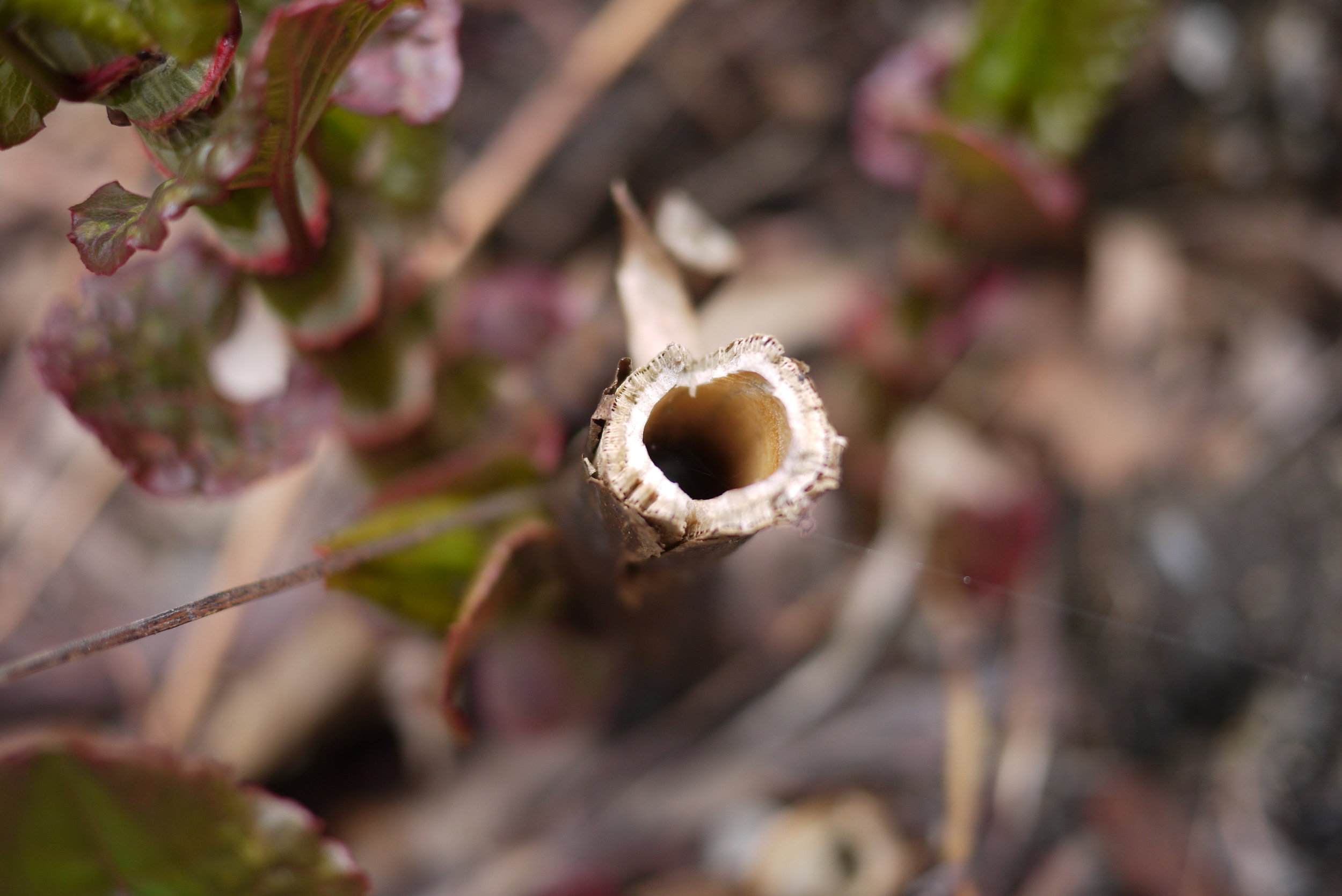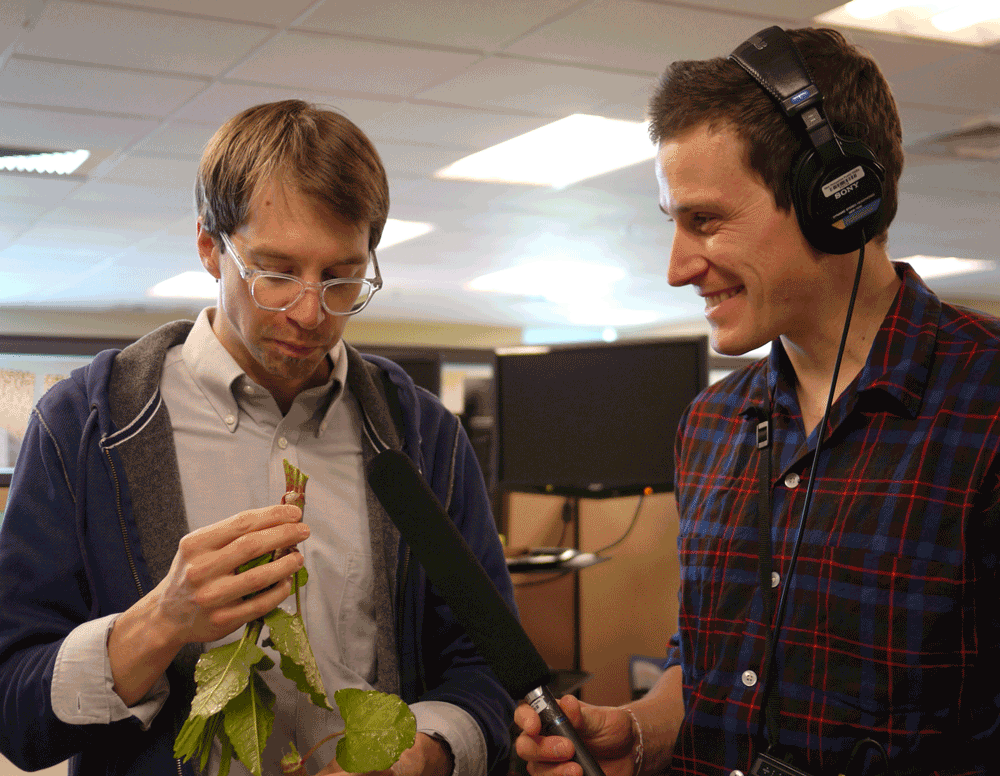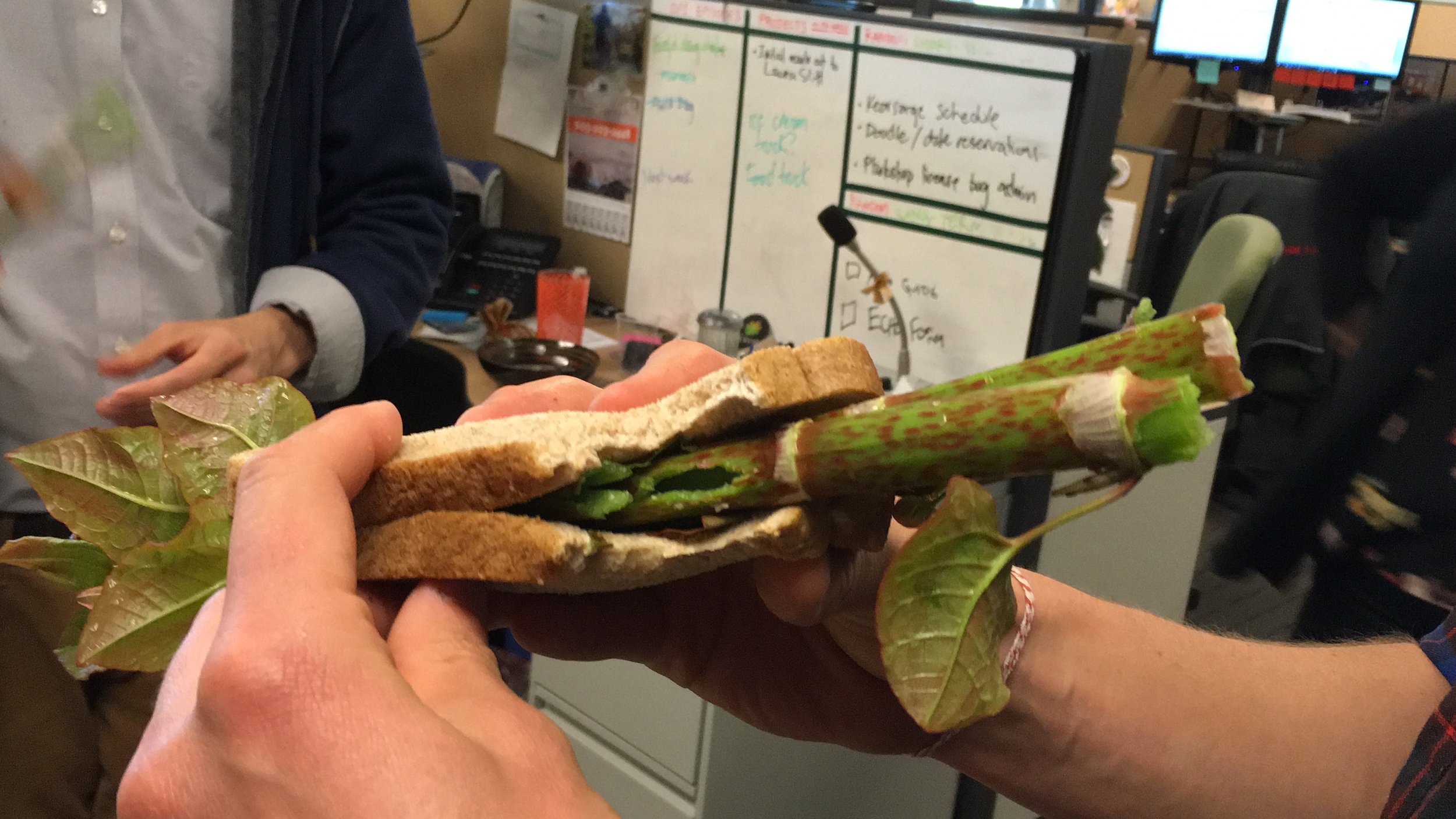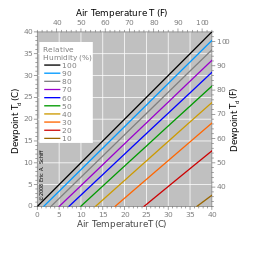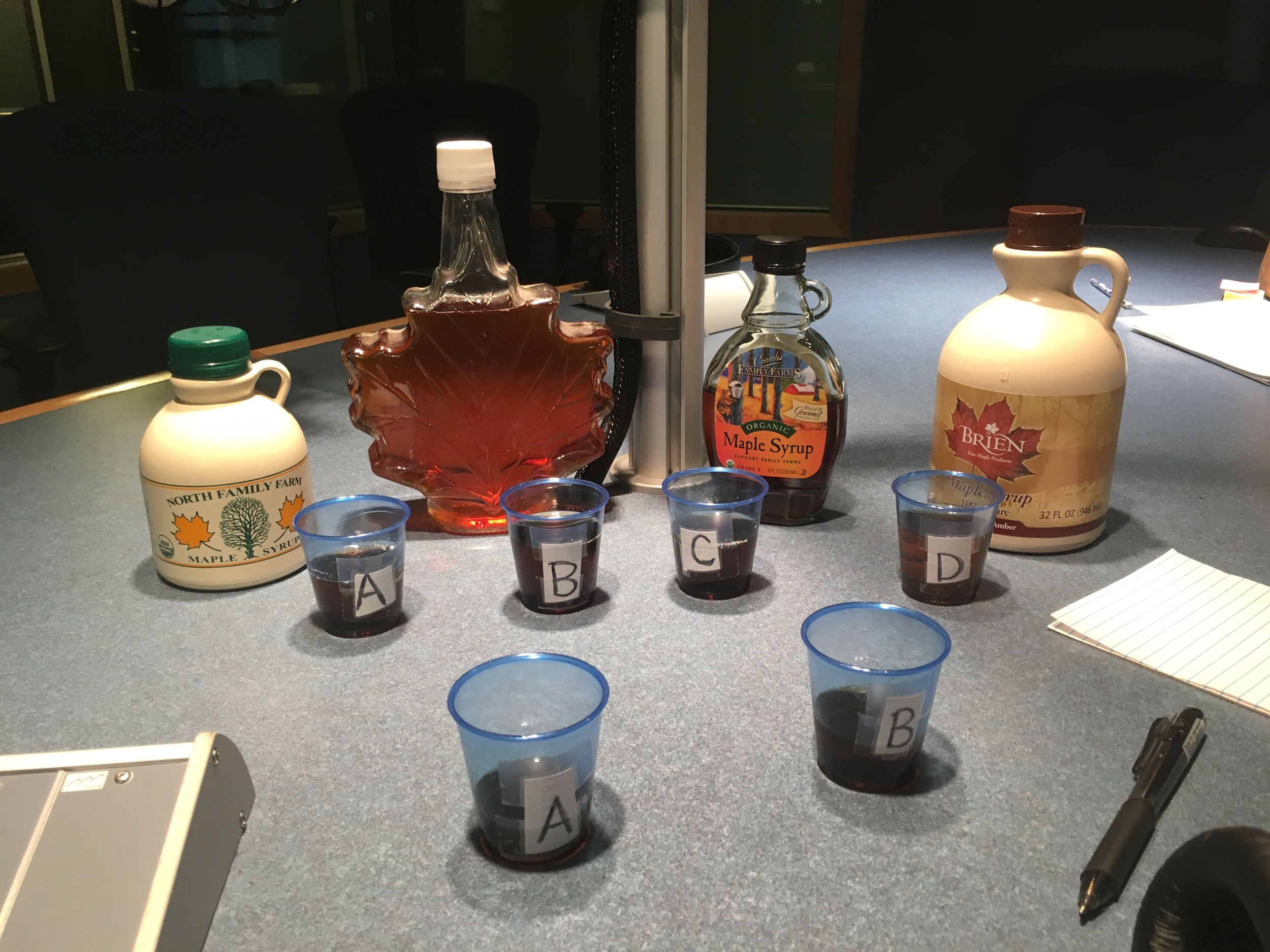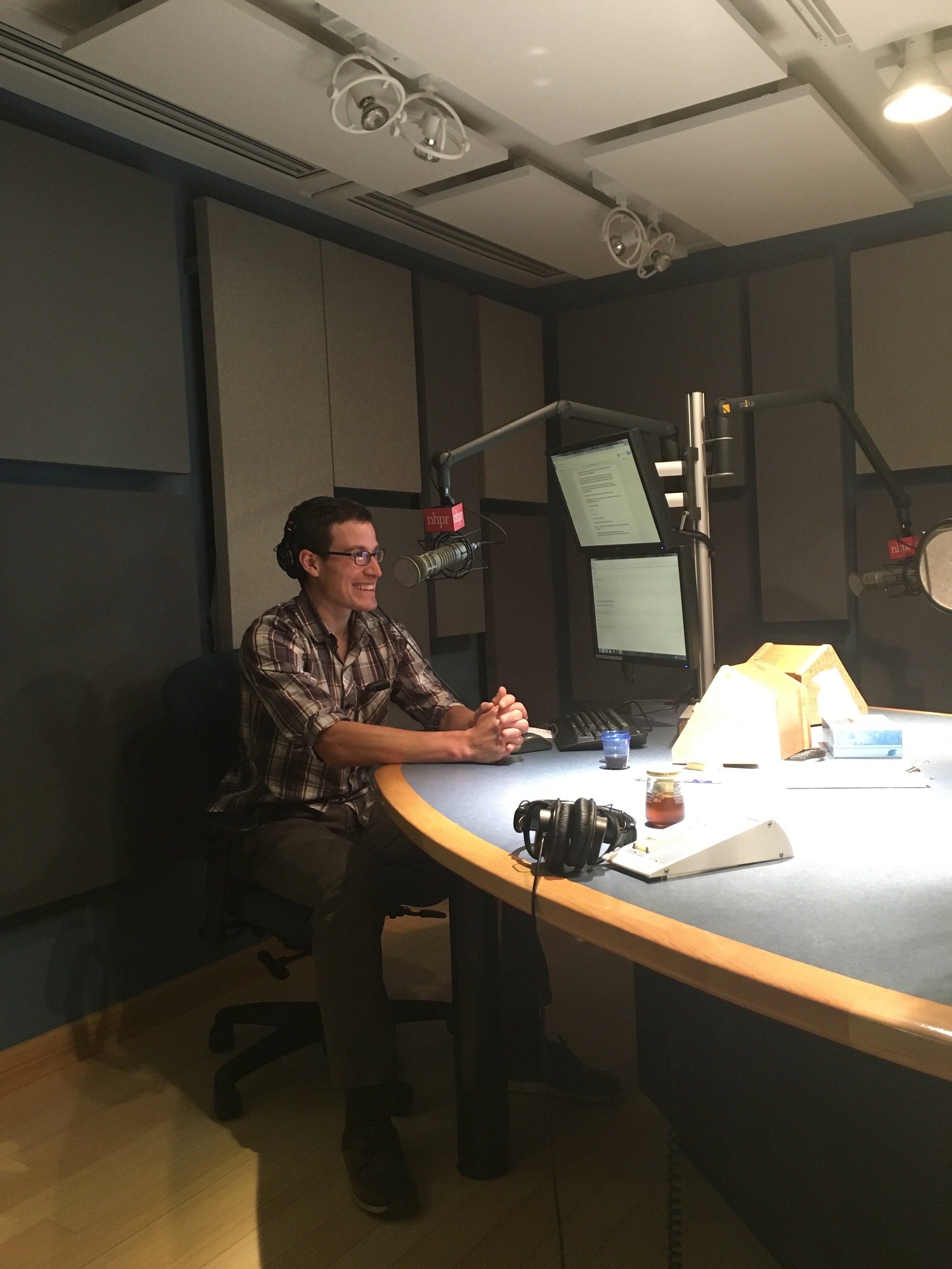I mean, we don't want to suggest you've wasted your time and money and energy on that forestry degree or anything, but Sam knew what this was right away, so...
Just kidding, Shredder! You've just hiked thousands of miles through the thing that you've got a degree in, so you put us all to shame.
Anyway, there are katydids in them there hills! Of the Tettigoniidae family, for those of us with a forestry degree. Our friends across the pond call 'em bush crickets, and some old-schoolers refer to these wee beasties as long-horned grasshoppers. Whatever you call them, these guys are loud. The sound that you're hearing out there on the trail, Shredder, is a bug song made when these guys rub their forewings together. The upper wing, called the file, has a serrated edge. The lower wing scrapes against the file to produce a heck of a tune. Put thousands of these musicians in one place and you get a pretty overwhelming sound. So overwhelming, Sam explains, that when European colonists first encountered the katydid song they were scared silly of the shrieking in the woods.
There are 258 identified species of katydid, and each species has it's own distinct sound. That's because these songs really only have one purpose: to attract a mate. The different songs, otherwise known as trills, are designed to attract females of the same species. So whenever you're lying under the stars, cursing this deafening late-summer sound, just remember... it's a love song. Or, a couple hundred love songs, all played at the same time. So romantic.
Katydids are most commonly found in the Southern part of the United States, so that's why you might be unfamiliar with them. And these insects would be pretty hard to spot -- they're designed to blend into their surroundings, mimicking leaves while they rest during the day. So, Shredder, you've far from failed your friends. Besides, you were the one clever enough to call the Ask Sam hotline!
*Shredder is a trail name (the name fellow hikers give you on the Appalachian Trail). We asked Shredder to give Jimmy a trail name, but she demurred. So, Sam let Jimmy have GZA, even though Mr. Gary Grice of Wu-Tang kind of already has it.







